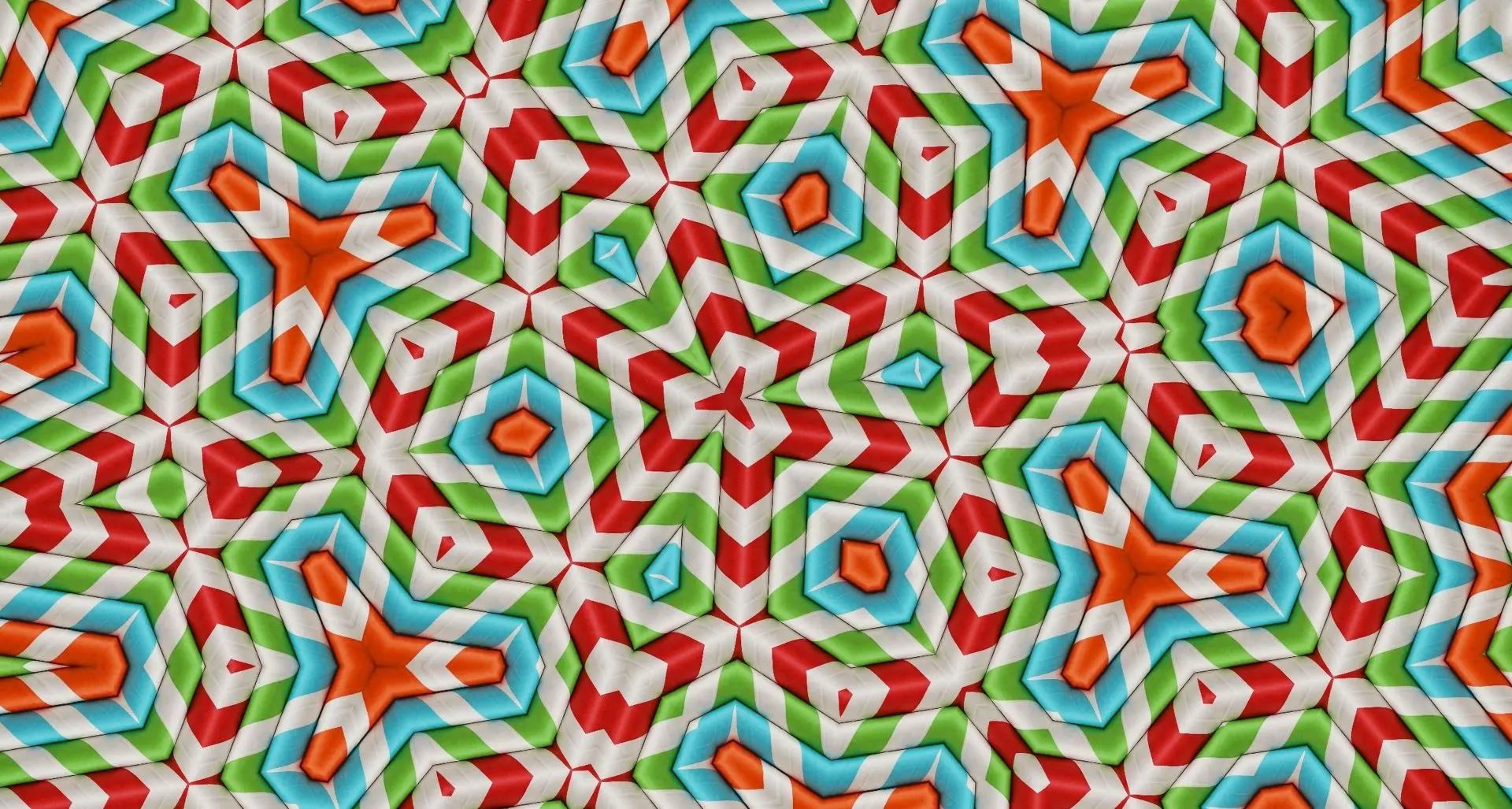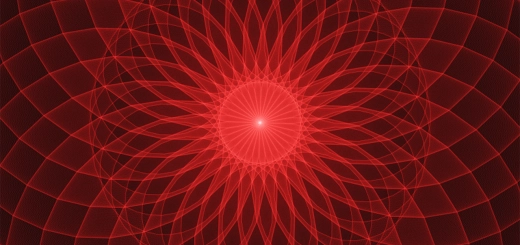The Meaning Behind Mardi Gras Colors Explained

Looking for more amazing products? Check out our online store and explore our collection here! Happy shopping!
Before diving in, please note: This post is for informational purposes only. If you’d like to know more about how we approach topics, feel free to check out our friendly Disclaimer Page.
Hey there, amazing readers! 
We’re committed to delivering quality posts, and your support (even just sticking around despite the ads) means everything to us. So, bear with us, and thanks for helping us keep the good vibes rolling. Now, on to the fun stuff!
TRANSLATE BUTTON AT THE END OF THE ARTICLE
A Quick Overview
Mardi Gras isn’t merely a celebration; it’s a burst of color, culture, and history that resonates with people across the globe.
The vibrant colors associated with Mardi Gras—purple, green, and gold—carry deep meanings and are symbols of the traditions that have evolved over centuries.
If you’ve ever wondered why these specific colors dominate the festivities, you’re in for a treat.
Let’s dive into the vibrant hues that make Mardi Gras a spectacle of joy and merriment.
Unveiling the Vibrant Colors of Mardi Gras Celebration
Mardi Gras, or "Fat Tuesday," marks the last day before Lent in the Christian calendar.
It’s a day of feasting and revelry, celebrated with parades, parties, and, yes, an explosion of colors.
The streets come alive with floats adorned in dazzling decorations, and revelers don costumes that range from flamboyant to fantastical.
But why these particular colors?
They are more than just eye-catching; they tell a story.
As the festivities unfold, you can see purple, green, and gold everywhere—from beads and masks to the float designs.
Each color serves a purpose and plays a role in the overall spirit of celebration.
The essence of Mardi Gras colors is a kaleidoscope of emotions, traditions, and aspirations.
Every year, people gather to celebrate community and heritage, and the colors serve as a visual reminder of the deeper meanings behind this vibrant festival.
It’s a lively tapestry of life, woven together by the participants as they dance, sing, and share in the joy.
The Historical Significance of Mardi Gras Colors
The colorful celebration of Mardi Gras has its roots in ancient traditions.
The colors we commonly associate with Mardi Gras were officially adopted in 1872 during the reign of Rex, the King of Carnival.
This was a pivotal moment, as it established a recognizable color scheme that would endure through the ages.
Historically, these colors were chosen not just as aesthetic choices but as symbols that reflected the values and beliefs of the community.
The color scheme was first presented to honor the visiting Russian Grand Duke Alexis, and they have since become an indelible part of Mardi Gras lore.
Moreover, the significance of the colors transcends the festival.
They represent the aspirations and principles of the community, resonating with the values of justice, faith, and prosperity.
It’s about more than just throwing beads; it’s about celebrating personal and collective stories during this time of joy.
What Do Purple, Green, and Gold Represent?
Each color has a distinct meaning, and together, they create a powerful narrative about the values cherished by the community.
Purple: This color is associated with justice.
It represents the quest for fairness and equity, a value deeply ingrained in the spirit of Mardi Gras.
Green: The color of faith signifies renewal and hope.
It invokes the idea of fresh beginnings, which is especially relevant as Lent approaches.
Gold: This color symbolizes wealth and power, reflecting the prosperity that many desire to achieve.
These colors aren’t just pretty; they embody the collective hopes and aspirations of the people who celebrate.
They serve as a reminder of what is important in life—justice, faith, and prosperity.
The Symbolism of Purple: Justice and Royalty
Purple, often seen as a regal color, carries weighty connotations.
It’s traditionally associated with nobility and luxury, but in the context of Mardi Gras, it specifically represents justice.
This connection to justice is poignant, especially during a celebration that emphasizes community and inclusiveness.
It’s a reminder that, amidst the revelry, we should strive for fairness in our personal lives and societies.
When you see purple in the floats or costumes, think of it as an invitation to reflect on your own values.
Are you standing for justice in your community?
It’s a color that encourages dialogue, prompting us to consider how we can make a difference.
Green: The Color of Faith and Renewal
Green is all about new beginnings and faith.
In many cultures, green represents growth, life, and renewal.
During Mardi Gras, it signifies the hope that comes with the arrival of spring and the spiritual renewal brought about by Lent.
This color encourages a sense of optimism.
It reminds us that after the indulgence of Mardi Gras, there lies an opportunity to reset and rejuvenate.
The symbolism of green is particularly relevant in today’s fast-paced world, where we often forget to pause and reflect on our beliefs and values.
During the parades, you’ll notice that green is prevalent in costumes and decorations, emphasizing the importance of faith in our lives.
Whether it’s faith in a higher power or faith in one another, it’s a gentle nudge to keep hope alive.
Gold: Wealth, Power, and Prosperity Explained
Gold serves as a powerful reminder of wealth and abundance, making it a fitting color for a festival that celebrates life.
In the context of Mardi Gras, it symbolizes not just material wealth, but also the wealth of spirit and community.
The joyous atmosphere of Mardi Gras encapsulates the idea of prosperity in many forms—food, friendship, and festivity.
Gold embodies the hope that we can achieve our dreams, whether they are grand or humble.
As you dance down the streets adorned in gold, remember that prosperity often comes from connections with others and sharing in joyful experiences.
The color encourages us to cherish the wealth of relationships we build in our lives.
The Origins of Mardi Gras Color Traditions
The traditions surrounding Mardi Gras colors have evolved over the years and are deeply rooted in the festival’s history.
The choice of purple, green, and gold was made in 1872, but the celebration itself dates back to ancient times.
The festival has origins in ancient pagan spring and fertility rites, which later intertwined with Christian traditions.
The early festivities included themes of revelry and indulgence before the solemnity of Lent.
As the festival grew, so too did its visual identity, leading to the incorporation of colors that would come to define it.
Today, these colors resonate with both locals and tourists alike, each carrying their own interpretations of what they mean.
The colors have become a universal symbol of Mardi Gras, transcending geographical boundaries.
How the Colors Enhance Mardi Gras Festivities
Colors play a vital role in enhancing the overall experience of Mardi Gras.
They evoke emotions and set the tone for the festivities.
Imagine walking down a street lined with vibrant colors; it’s hard not to feel energized and enthusiastic.
Visual Appeal: The bright colors attract attention, making parades and celebrations visually stunning.
Symbolic Connection: They provide a deeper connection to the historical and cultural significance of the festival.
Community Spirit: The shared colors foster a sense of belonging and unity among participants.
As the celebrations unfold, the colors create a sense of excitement and anticipation.
They decorate the floats, adorn the participants, and fill the air with vibrancy.
It’s an experience that resonates with everyone involved.
The Role of Colors in Mardi Gras Costumes and Masks
Costumes and masks are essential elements of Mardi Gras, and the colors play a significant role in their design.
Many participants go all out, creating elaborate outfits that reflect the festival’s spirit.
Personal Expression: Costumes are an opportunity for individuals to express their creativity and personality.
Cultural Representation: The color choices often reflect cultural identity and community pride.
Connection to Tradition: Traditional costumes usually incorporate the iconic colors, serving as a visual reminder of the festival’s heritage.
When I see someone rocking a purple, green, or gold costume, I can’t help but smile.
It’s a celebration of individuality and collective culture, woven together through the colors of Mardi Gras.
Exploring Regional Variations in Mardi Gras Colors
While purple, green, and gold are widely recognized, various regions may have their own color interpretations and traditions.
For example, in New Orleans, these colors dominate the festivities, but other locations may introduce unique hues that reflect local customs.
Local Influences: Regional variations may highlight local history, culture, or natural surroundings.
Diversity in Celebration: The diversity in color schemes showcases the richness of Mardi Gras traditions around the world.
Traveling to different regions during Mardi Gras can open your eyes to a plethora of traditions and meanings that may differ from the well-known New Orleans celebration.
Each local celebration has its own charm and character, inviting visitors to partake in the colorful festivities.
Fun Facts About Mardi Gras Colors and Their Meanings
The color purple is often associated with the Catholic Church, historically linked to the season of Lent.
Green symbolizes the lushness of spring and renewal, while also being a nod to the Catholic tradition of hope.
Gold, being the color of the king, was chosen to represent the royal court of the Carnival.
These colors have become a visual shorthand for Mardi Gras, allowing people to connect with the festival’s rich history and cultural significance in an instant.
Celebrating Mardi Gras: Embracing the Colorful Spirit
As we gear up for Mardi Gras, let’s embrace the colorful spirit of the celebration.
The meanings behind purple, green, and gold invite us to reflect on our values and consider how we can embody them in our lives.
As we don our vibrant costumes, dance to the music, and share in the joy of community, let’s remember that these colors are a celebration of life itself.
They remind us to seek justice, hold onto faith, and be grateful for the abundance around us.
So, next time you’re tossing beads or watching a parade, take a moment to appreciate the colors and the stories they tell.
Mardi Gras is a time to celebrate joy, community, and the beautiful tapestry of experiences that connect us all.
Conclusion
The colors of Mardi Gras—purple, green, and gold—are more than just a visual spectacle; they are deeply rooted in history and tradition.
Each hue carries its own significance, representing justice, faith, and prosperity.
As we join in the festivities, let’s commit to keeping these values alive in our communities and lives.
So, grab your beads and masks, and let’s paint the town with the vibrant spirit of Mardi Gras!

The Enlightenment Journey is a remarkable collection of writings authored by a distinguished group of experts in the fields of spirituality, new age, and esoteric knowledge.
This anthology features a diverse assembly of well-experienced authors who bring their profound insights and credible perspectives to the forefront.
Each contributor possesses a wealth of knowledge and wisdom, making them authorities in their respective domains.
Together, they offer readers a transformative journey into the realms of spiritual growth, self-discovery, and esoteric enlightenment.
The Enlightenment Journey is a testament to the collective expertise of these luminaries, providing readers with a rich tapestry of ideas and information to illuminate their spiritual path.
Our Diverse Expertise
While our primary focus is on spirituality and esotericism, we are equally passionate about exploring a wide range of other topics and niches 

To ensure we provide the most accurate and valuable insights, we collaborate with trusted experts in their respective domains 
Our blog originally focused on spirituality and metaphysics, but we’ve since expanded to cover a wide range of niches. Don’t worry—we continue to publish a lot of articles on spirituality! Frequently visit our blog to explore our diverse content and stay tuned for more insightful reads.
Hey there, amazing reader! 
Check out our store here and take a peek at some of our featured products below! Thanks for being awesome!











